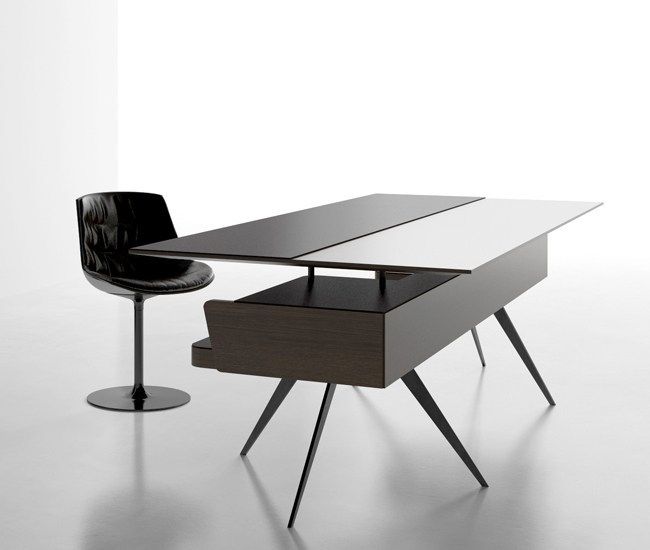Introduction: Reviving Outdoor Wood Furniture
Revamping outdoor wood furniture can breathe new life into your backyard oasis. However, choosing the appropriate paint for this task is crucial. With the right selection, you can ensure longevity, durability, and aesthetic appeal. In this guide, we’ll explore the factors to consider when selecting outdoor furniture paint for wood, helping you make informed decisions for your next DIY project.
Understanding Outdoor Furniture Paint
Before delving into specific types of paint, it’s essential to understand the characteristics of outdoor furniture paint. Unlike indoor paints, outdoor paints are formulated to withstand harsh weather conditions, UV exposure, and moisture. They offer superior protection against fading, cracking, and peeling, ensuring your furniture remains vibrant and sturdy for years to come.
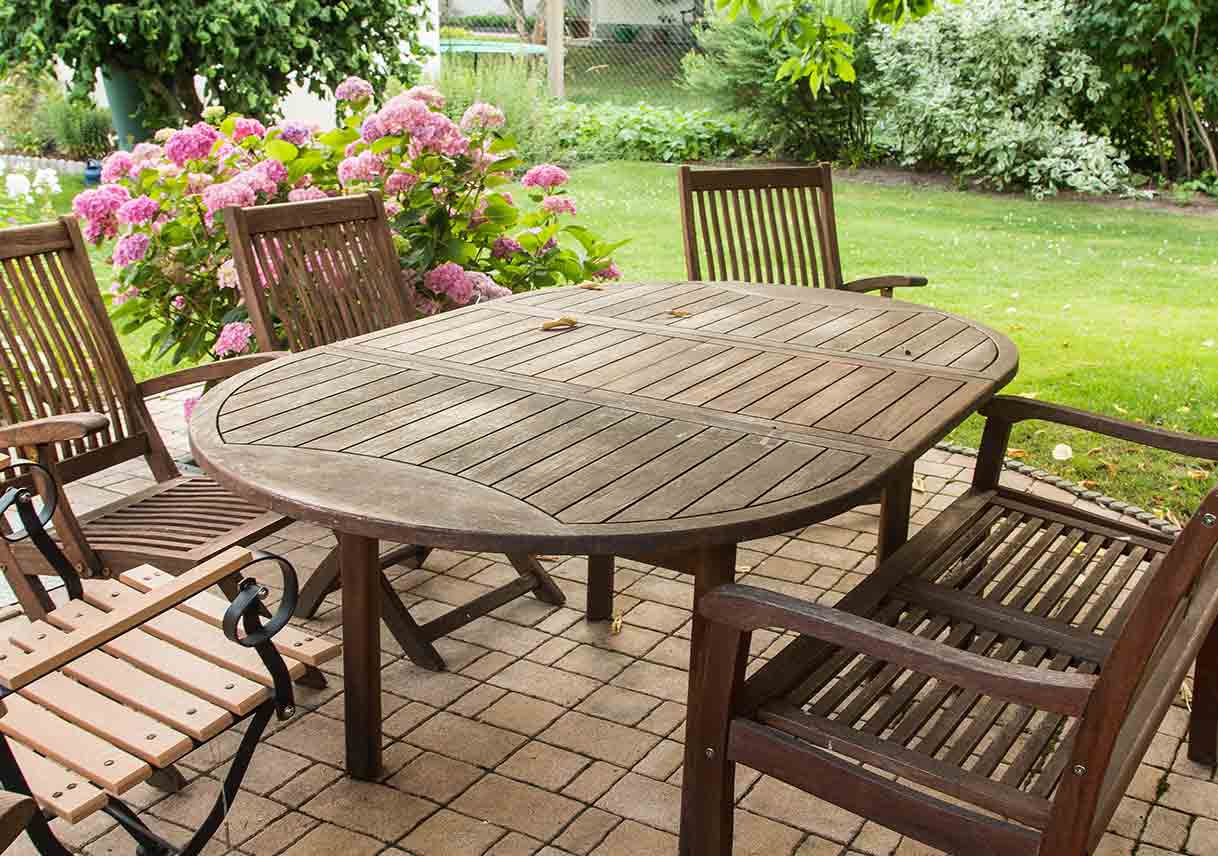
Factors to Consider
When choosing outdoor furniture paint for wood, several factors come into play. These include the type of wood, environmental conditions, desired finish, and personal preferences. Evaluating each of these aspects will guide you towards selecting the most suitable paint for your project.
Type of Wood
The type of wood used in your outdoor furniture influences the choice of paint. Hardwoods like teak and cedar are naturally more resilient to weathering and decay, requiring minimal maintenance. Softwoods such as pine and fir are more susceptible to moisture and may necessitate extra protection. Understanding the characteristics of your wood will help you determine the type of paint required for optimal preservation.
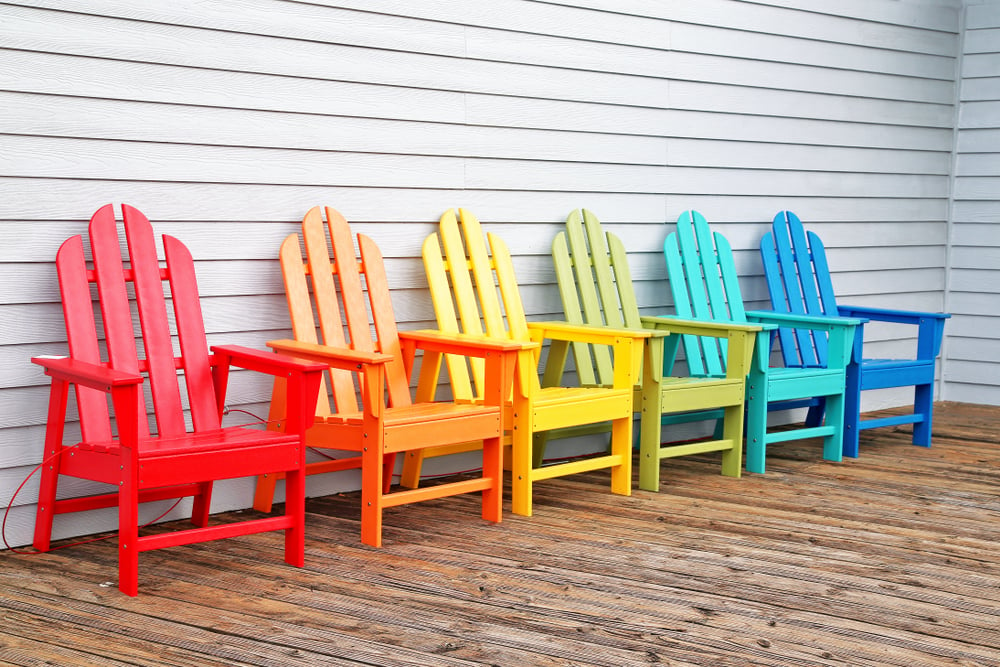
Environmental Conditions
Consider the climate and environmental factors your outdoor furniture will endure. If you live in a region with high humidity or frequent rainfall, moisture-resistant paint is essential to prevent mold and mildew growth. Similarly, intense sunlight exposure may cause colors to fade over time, making UV-resistant paint a preferable option for longevity.
Desired Finish
The finish of your outdoor furniture paint contributes significantly to its appearance and protection. Matte finishes offer a natural, understated look but may require more frequent touch-ups. Glossy finishes provide a sleek, reflective surface that enhances colors and repels moisture. Satin finishes strike a balance between matte and gloss, offering durability with a subtle sheen.
Types of Outdoor Furniture Paint
Several types of paint are suitable for outdoor wood furniture, each with its unique properties and application methods. Common options include acrylic latex paint, oil-based paint, and specialized outdoor paints designed specifically for wood surfaces. Understanding the characteristics of each type will help you make an informed decision based on your project requirements.
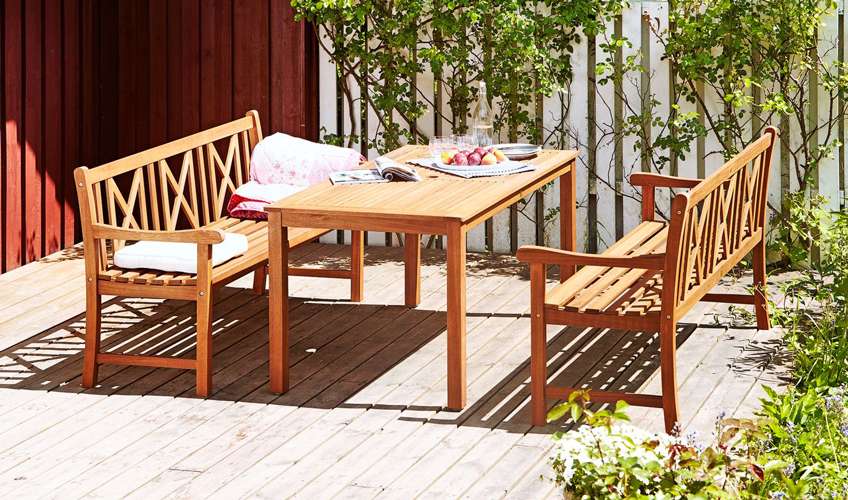
Preparation and Application
Before applying outdoor furniture paint to wood, thorough preparation is crucial for optimal results. Start by cleaning the surface to remove dirt, grime, and any existing coatings. Sand the wood lightly to smooth out imperfections and create a better adhesion surface for the paint. Fill in any cracks or holes with wood filler and allow it to dry completely before sanding again. Prime the wood with a suitable outdoor primer to enhance adhesion and seal the surface. Once the primer is dry, apply the paint using a high-quality brush, roller, or sprayer, following the manufacturer’s instructions for proper application and drying times.
Maintenance and Care
After painting your outdoor wood furniture, proper maintenance is essential to prolong its lifespan and appearance. Regularly clean the surfaces with mild soap and water to remove dirt and debris. Avoid using harsh chemicals or abrasive cleaners that can damage the paint finish. Inspect the furniture periodically for signs of wear or damage, such as peeling or cracking paint, and address any issues promptly to prevent further deterioration. Depending on the paint type and environmental conditions, you may need to recoat the furniture every few years to maintain its protective barrier and aesthetic appeal.
Color Selection
When choosing the color for your outdoor furniture paint, consider both aesthetic preferences and practicality. Lighter colors reflect sunlight and heat, keeping the furniture cooler in hot climates, while darker colors absorb heat and may fade more quickly. Neutral tones like beige, gray, and taupe offer timeless elegance and versatility, complementing a variety of outdoor decor styles. Bold hues like navy, red, and green can add a pop of color and personality to your outdoor space but may require more frequent maintenance to keep them looking vibrant. Ultimately, select a color that enhances your outdoor environment and brings joy to your outdoor living experience.
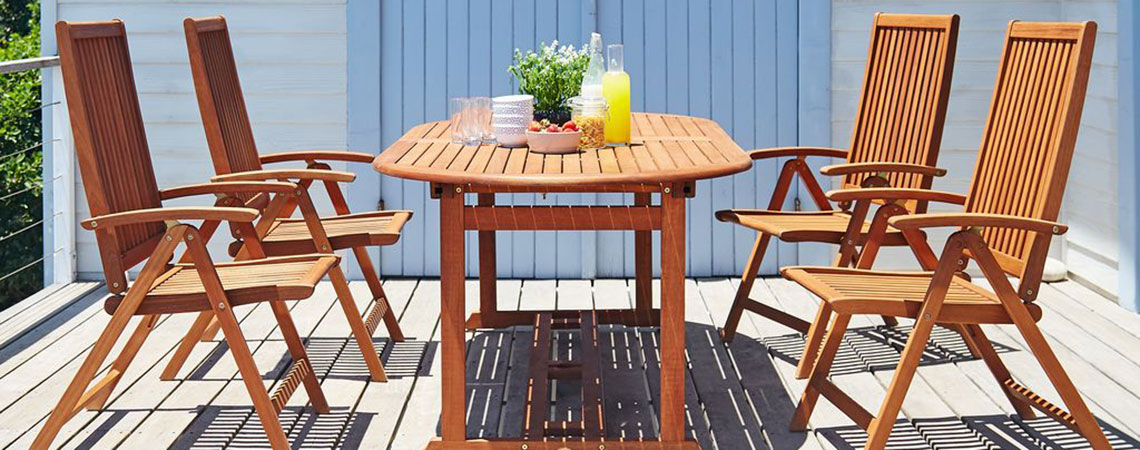
Environmental Impact
In addition to aesthetic and performance considerations, it’s essential to be mindful of the environmental impact of outdoor furniture paint. Choose low-VOC (volatile organic compound) or zero-VOC paints whenever possible to minimize air pollution and health risks associated with traditional paint formulas. Look for paints labeled as eco-friendly or sustainable, made with renewable resources and biodegradable ingredients. Properly dispose of any leftover paint and cleaning materials according to local regulations to prevent environmental contamination. By selecting environmentally responsible paint options, you can enjoy your outdoor space with peace of mind, knowing that you’re minimizing your ecological footprint.
Enhancing Your Outdoor Experience
Investing in high-quality outdoor furniture paint for wood is a worthwhile endeavor that can enhance the beauty, durability, and sustainability of your outdoor living space. By considering factors such as preparation and application techniques, maintenance and care routines, color selection, and environmental impact, you can make informed decisions that align with your aesthetic preferences and values. With proper attention and upkeep, your painted outdoor furniture will continue to delight and inspire for years to come, providing a comfortable and stylish retreat for outdoor enjoyment and relaxation.

Conclusion: Transforming Your Outdoor Space
Selecting the right outdoor furniture paint for wood is essential for preserving its beauty and longevity. By considering factors such as wood type, environmental conditions, and desired finish, you can choose a paint that offers optimal protection and aesthetic appeal. Whether you prefer the natural charm of matte finishes or the high-gloss elegance of lacquer, there’s a paint solution to suit every style and climate. With careful selection and proper application, you can transform your outdoor space into a vibrant oasis that withstands the test of time.









